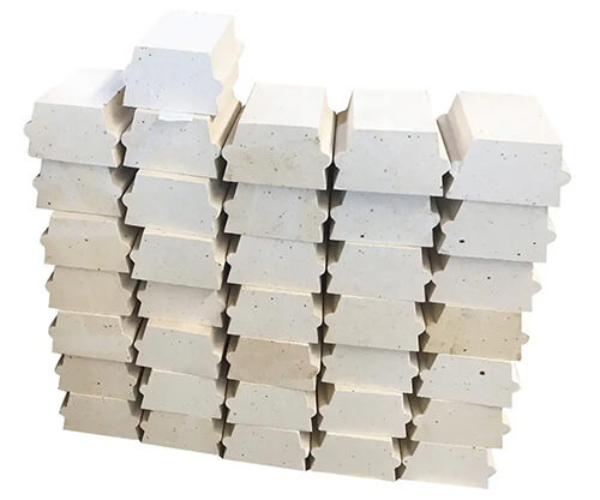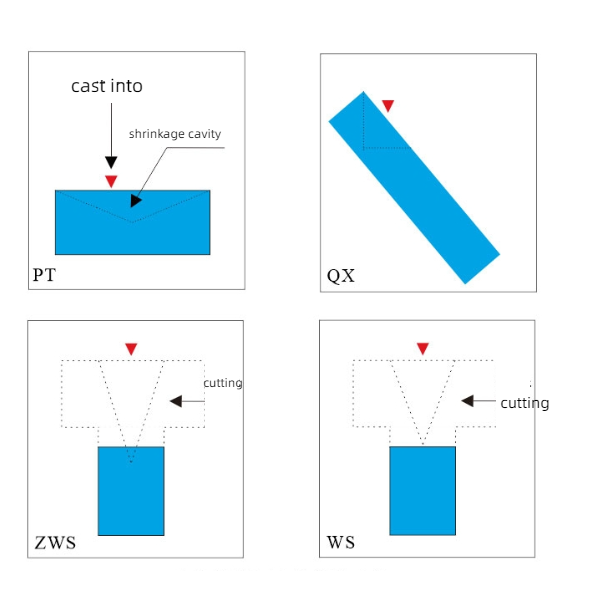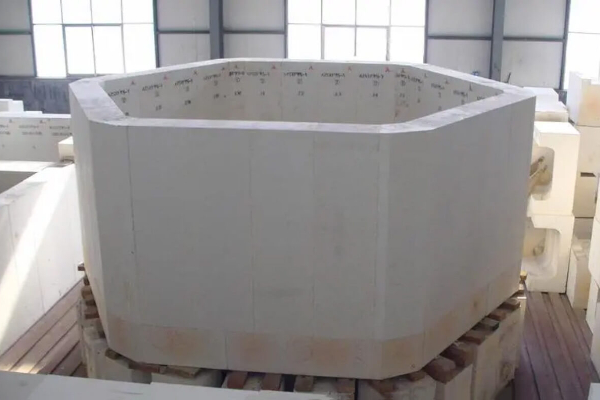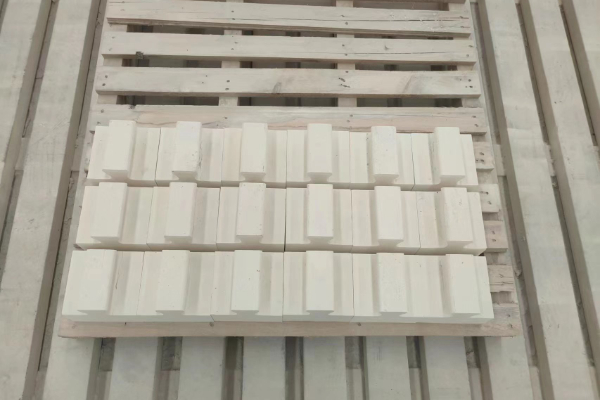Four Pouring Methods for Fused Zirconium Corundum Bricks
Fused corundum bricks are made by melting alumina in an electric arc furnace and casting it into a model of a specified specific shape. After annealing and heat preservation, the required product is obtained by processing with diamond abrasive tools.
Introduction to fused zirconium corundum bricks

This product is divided into three types according to the different crystal forms and quantities of alumina. The first type is based on α-Al2O3 as the main crystal phase, which is called α- korundum tuğlası; the second type is based on α-Al2O3 and β-Al2O3 The main crystal phase is basically 1:1, and the α phase content is slightly higher, which is called α, β- korundum tuğlası; the third type is mainly β-Al2O3 crystal phase, which is called β- korundum tuğlası.
Four pouring methods for AZS brick
When the fused zirconium corundum brick solidifies, the volume change caused by the transition from liquid to solid produces shrinkage cavities of about 15%-25%. As a result, there are various casting methods that use hot water casting to minimize the shrinkage cavities of the fused zirconium corundum bricks, and take into account the erosion state of the use part to concentrate the shrinkage cavities at one end.

- Ordinary casting (PT) common casting method. The shrinkage cavity in the fused zirconium corundum brick is located in the lower part of the casting opening. Used in parts such as the upper structure of glass melting furnaces where corrosion is relatively slow.
- Inclined casting (QX) adopts the inclined casting method, and the shrinkage holes in the fused zirconium corundum bricks are offset at the lower end (use dry pool wall bricks). It is through the inclined insulation method that the shrinkage holes are directed to the lower part when used. Öyleyse, its shrinkage holes are concentrated at one end of the brick, while the other end is dense. Fused zirconium corundum bricks are usually used in the parts of the glass furnace melting tank wall corresponding to the erosion of the glass liquid level line.
- Shrinkage-free casting (WS): After the casting is cooled and condensed, the shrinkage cavity part is removed from the fused zirconium corundum brick without shrinkage cavity. Genel olarak, dry glass kiln liquid holes, pool walls, and other highly corrosive parts are used.
- Quasi-shrinkage-free casting (ZWS) is the same as ZWS, which is a fused zirconium corundum brick with almost completely removed shrinkage cavities. The shrinkage cavities are also concentrated at the casting mouth. After the casting is cooled, most of the shrinkage cavities are cut away, leaving only a very small amount of shrinkage cavities on the cut surface. Generally used as wall bricks for glass kiln melting pools.


 Rongsheng Refrakter Fabrikası
Rongsheng Refrakter Fabrikası
WeChat
QR Kodunu wechat ile tarayın